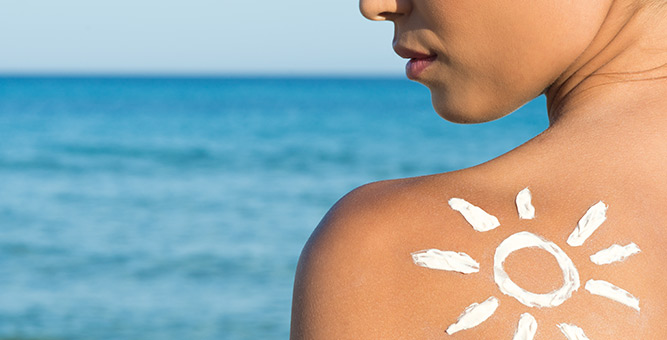- Medical
- Laser Dermatology
- Aesthetic
- Aesthetician
- Skin
- Patients
- Shop
- All
- Current Specials
- Alastin
- Cleansers
- Dr Scheel Products
- Dr. Scheel’s Skin Care Products are specially formulated to help keep your skin radiant and beautiful. They are filled with potent antioxidants and hydration to protect and repair. See brown spots lighten and get firmer, younger looking skin. Dr. Scheel stands by her products and is sure you’ll love them too!
- Eye Treatments
- Hydrinity
- ISDIN
- ISDIN is an ultralight sunscreen that is easily spreadable and instantly absorbed. It contains Eryfotona Actinica which helps to protect against sunburn, helps to prevent early skin ageing caused by the sun and can decrease the risk of skin cancer.
- Restorsea
- Restorsea is the only medical grade skincare line formulated with non-toxic ingredients. NO: Parabens, Phthalates, PEGs, Sulfates, Silicones or Mineral Oil. All Restorsea products contain our proprietary enzyme, Aquabeautine XL, an enzyme released by salmon at the time of hatching.
- Revision
- Sunscreens
- Supplements
- TIZO
- TiZO’s multiple Titanium Dioxide & Zinc Oxide particle sizes are coated and structured to create a uniform layer of coverage that prevent UVA-UVB rays from reaching the skin, which inhibits pre-mature skin aging and the formation of free-radicals TiZO uses the #1 rated sunscreen ingredients, as designated by the United States E.P.A.
- My account
- About
- Contact
0
- Medical
- Laser Dermatology
- Aesthetic
- Aesthetician
- Skin
- Patients
- Shop
- All
- Current Specials
- Alastin
- Cleansers
- Dr Scheel Products
- Dr. Scheel’s Skin Care Products are specially formulated to help keep your skin radiant and beautiful. They are filled with potent antioxidants and hydration to protect and repair. See brown spots lighten and get firmer, younger looking skin. Dr. Scheel stands by her products and is sure you’ll love them too!
- Eye Treatments
- Hydrinity
- ISDIN
- ISDIN is an ultralight sunscreen that is easily spreadable and instantly absorbed. It contains Eryfotona Actinica which helps to protect against sunburn, helps to prevent early skin ageing caused by the sun and can decrease the risk of skin cancer.
- Restorsea
- Restorsea is the only medical grade skincare line formulated with non-toxic ingredients. NO: Parabens, Phthalates, PEGs, Sulfates, Silicones or Mineral Oil. All Restorsea products contain our proprietary enzyme, Aquabeautine XL, an enzyme released by salmon at the time of hatching.
- Revision
- Sunscreens
- Supplements
- TIZO
- TiZO’s multiple Titanium Dioxide & Zinc Oxide particle sizes are coated and structured to create a uniform layer of coverage that prevent UVA-UVB rays from reaching the skin, which inhibits pre-mature skin aging and the formation of free-radicals TiZO uses the #1 rated sunscreen ingredients, as designated by the United States E.P.A.
- My account
- About
- Contact


